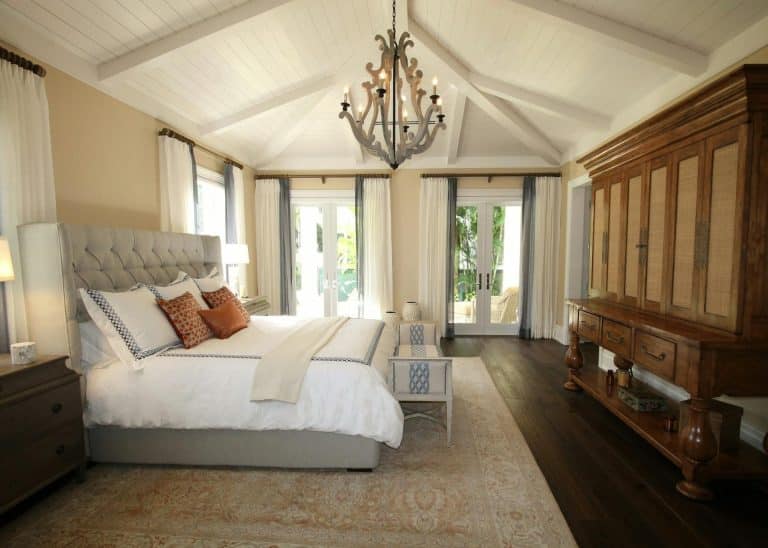Container homes have become a popular option for those seeking affordable and sustainable housing. Their flexibility and innovative design have caught the attention of many buyers across New Zealand. While the appeal is strong, careful consideration is essential before making such an investment.
The unique nature of these homes means there are important aspects to evaluate in advance. Buyers exploring container homes NZ often discover that regulations, design choices, and ongoing costs vary widely depending on region and supplier.
Checking the Legal Requirements
Local councils have specific rules on how container homes can be placed or modified. Each region may enforce different building codes, zoning rules, and consent processes. Ignoring these regulations can lead to costly delays or even orders to remove the structure. Buyers should contact the council early to confirm requirements for permits, land use, and inspections. This ensures the project stays legally compliant from the beginning.
Assessing the Condition of the Container
Not every shipping container is appropriate for residential use. Some may have been exposed to harsh chemicals or structural damage during their service life. Inspecting the container’s frame, flooring, and walls helps identify any hidden issues. A reliable supplier will provide containers that meet residential standards and are free from harmful residues. Choosing quality containers from the start helps prevent health hazards and long-term structural concerns.
Evaluating the Cost Beyond the Container
The upfront price of a container may appear attractive, but the total cost extends far beyond that figure. Buyers need to consider insulation, plumbing, electricity, and interior finishes. Site preparation, council fees, and transport charges can also add up quickly. Without accounting for these extras, the final bill may surpass expectations. Comparing different builders or suppliers provides a clearer view of what the full project will likely cost.
Considering Insulation and Climate Control
NZ has diverse climates, from the cooler South Island to the warmer North Island. Containers by nature have thin metal walls, which makes insulation a critical factor. Poor insulation can cause uncomfortable temperature extremes and condensation. Selecting proper insulation materials, along with ventilation systems, ensures the home is comfortable year-round. Heating and cooling systems may also be needed, depending on the region and design.
Looking at Design Flexibility
Container homes are versatile, but space is often limited. Planning the design carefully helps maximise every square meter. Some buyers prefer single-container layouts, while others combine several units for more space. Consulting architects or experienced builders can reveal creative ways to enhance layouts. Adding windows, decks, or roofing features can bring more natural light and improve livability.
Smart Design Considerations:
- Use vertical space through lofts or elevated beds.
- Add sliding doors to create a sense of openness.
- Plan storage carefully to avoid clutter.
Checking the Builder’s Experience
Choosing a builder in NZ with proven experience in container homes is important. These projects differ greatly from traditional housing, and not every contractor has the right expertise. A builder who understands structural modifications, waterproofing, and insulation will deliver better results. Reviewing previous projects and asking for references can build confidence in their ability. A professional with container-specific skills helps avoid costly mistakes.
Understanding Site Preparation
The land chosen for a container home must be prepared correctly. Access for delivery trucks, ground stability, and drainage all play a role. Poor preparation can lead to uneven foundations or water issues later. Professional assessment of the site before construction begins is a wise step. This ensures the container sits securely and remains durable over time.
Purchasing a container home in New Zealand offers a chance to embrace affordability, innovation, and sustainability. However, success depends on careful planning and a clear understanding of both costs and regulations. For buyers comparing different styles of container homes in NZ, the best results come from balancing creativity with practicality. With the right preparation, this type of home can deliver comfort, durability, and a distinctive lifestyle.













